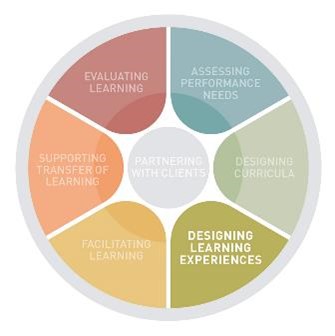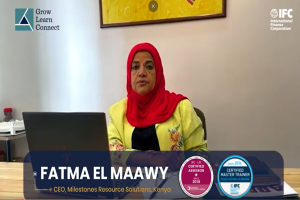Balance is the Key
This month, we continue the story of Acme Company’s training. After running two sessions of time management training, Manager Fred asked participants for their opinions on the program. Even though T1 Training delivered a pre-existing course, he was surprised at the range of opinions about the sessions.
Trainer Sally’s class felt she was very knowledgeable and engaged in good dialogue. Trainer Marie’s class felt like she had only superficial knowledge and read from the slides. Even though Sally had engaged in dialogue, both classes felt like they spent the majority of their time listening to a lecture. Neither was sure what they had actually learned. Both classes asked for a copy of the slides but for different reasons: Sally’s participants said they had been so busy listening that they could not focus on the slides. Marie’s class complained that the slides had so much text on them that it was hard to read. 
These reactions are symptoms of three common problems during the Design Learning Experiences phase when training professionals create the course material.
- Unsustainable training materials: T1 did not find the right balance between its need to keep development costs low and to deliver consistently high-quality training. T1 assumed that Sally would always teach the course, so it created a trainer’s guide with limited notes. When Marie joined, she did not have adequate instructions to deliver the course the same way or enough information to sound sufficiently knowledgeable. To promote consistency, write in full sentences and short paragraphs of no more than four sentences. Include step-by-step instructions for activities. Try to find the middle ground between too much and too little information.
- Limited activities: T1 focused more on providing information than on helping participants learn. While it is tempting to omit activities instead of content, people need experiences to learn. They need to struggle with the content just enough to create a positive memory. Too much struggling causes resistance; too little causes them to forget. Activities create memories, insights, and confidence. Strive for a balance of talk and activities, even if it means cutting some content. The best practice is to intersperse a discussion or activity every 10-20 minutes of the lecture.
- Illegible slides: T1’s slides contained full sentences. The word-heavy slides made learning more difficult because, as studies have shown, the brain cannot comprehend reading and listening simultaneously. Additionally, putting the information on the slides gave Maria nothing extra to say. One simple technique can solve all these problems: Use phrases on the slides and full sentences in the trainer’s notes, or use images instead of words.
In short, all these issues are a matter of finding the right balance. Try to balance how much information you provide and where you put it. Striking the right balance makes your courses more engaging, effective, and sustainable for future use within an organization.
What other common mistakes do you think T1 made during the Design Learning Experiences phase? Add your answers in the Comments section to keep this conversation going!





